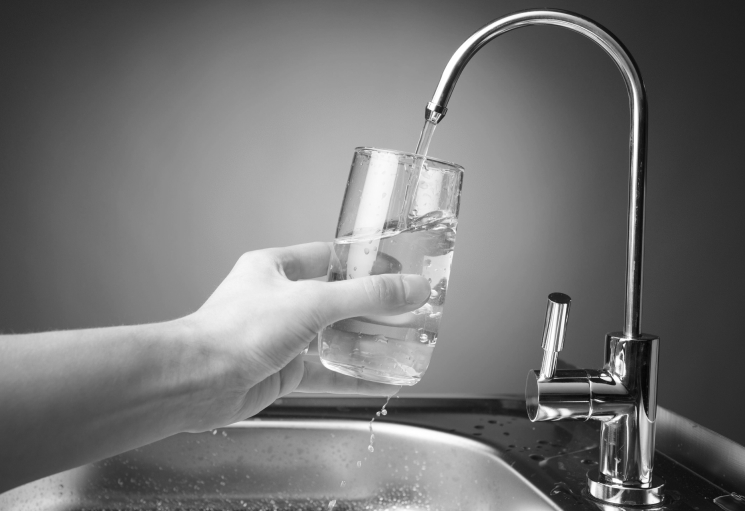
Regeneration is a vital process in the functioning of your water softener, and a water softener cannot properly regenerate without salt. The salt, which is stored in your brine tank, must be kept at a certain level for your system to regenerate correctly.
The type of water softener, size of the brine tank, water hardness, and your family’s water usage all determine how much salt you need and how often you’ll need to replenish your softener’s salt supply. Here are a few tips to keep your system running smoothly.
Why Does a Water Softener need Salt?
A water softener works by passing hard water through a bed of softening resin, which attracts the hardness minerals and removes them from the water. Over time, the resin becomes covered in these minerals and needs to be cleaned – this is when your water softener will need to regenerate.
During regeneration, the water softener is flooded with water from the brine tank. The saltwater cleans the hardness minerals off the resin and flushes them down the drain, leaving the resin clean and ready to soften water again.
How Do I Check the Salt Level in My Water Softener?
To determine your existing salt level, simply lift the lid of the brine tank and have a look inside. If the tank is less than half full, it is time to add some more. Similarly, if the salt looks wet or the salt is below the water level, you will need to add more salt. The salt level in your brine tank should be maintained at just over half the depth of the tank.
The amount of salt your softener uses is dependent on how often your system needs to regenerate. Your regeneration schedule will depend on your family’s water usage, the size and age of your water softener, and how hard your water is. Ideally, you should check your brine tank’s salt levels once a month to ensure the correct amount of salt is there.
Another reason to regularly check your brine tank is to make sure a salt bridge hasn’t formed. A salt bridge is when the salt in the bottom of the brine tank solidifies into a crust. This crust creates a solid blockage that prevents the salt on top of it from coming into contact with the water below and the brine solution cannot be formed. Signs that you might have a salt bridge are that the salt level is not going down as frequently as in the past, or when you notice that your water doesn’t feel soft. To avoid bridging, have your water softener installed in a low humidity area, keep your brine tank no more than just over half-full of salt, and always use high-quality solar salt.
Solar Salt
Water Depot always recommends the use of Solar Salt with all our water softener systems, for enhanced performance and efficiency. These high-quality salts are up to 99.6% pure. Evaporated naturally by the sun and wind, these solar crystals have a white opaque appearance and a low insoluble content. They are formulated to resist mushing and bridging, minimizing the accumulation of brine tank residue. Solar Salt is available at every Water Depot location across Ontario.
Water Depot
Did you find the information in this article useful? Contact your local Water Depot store to find out about our salt delivery options. Water Depot is your local water treatment expert.






